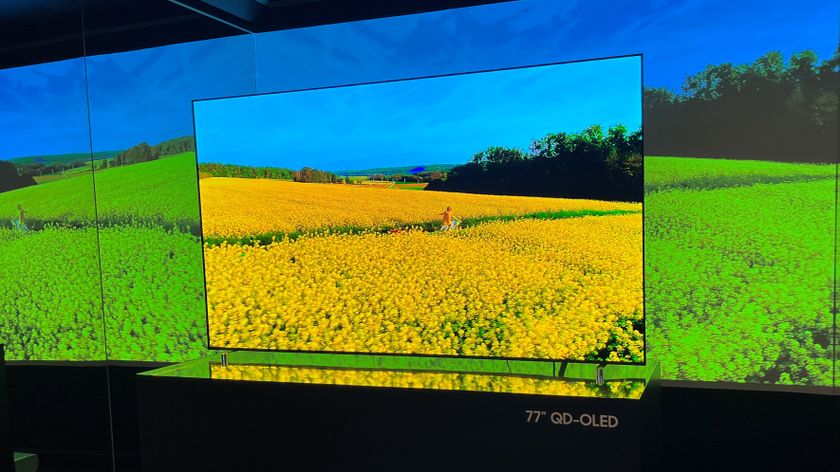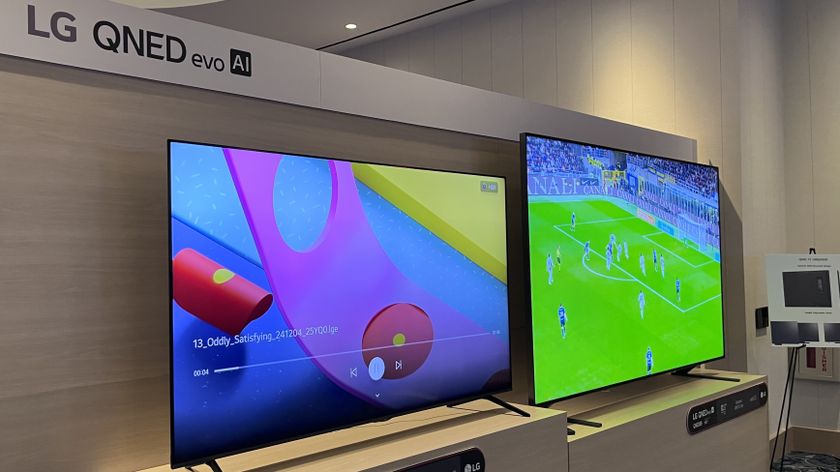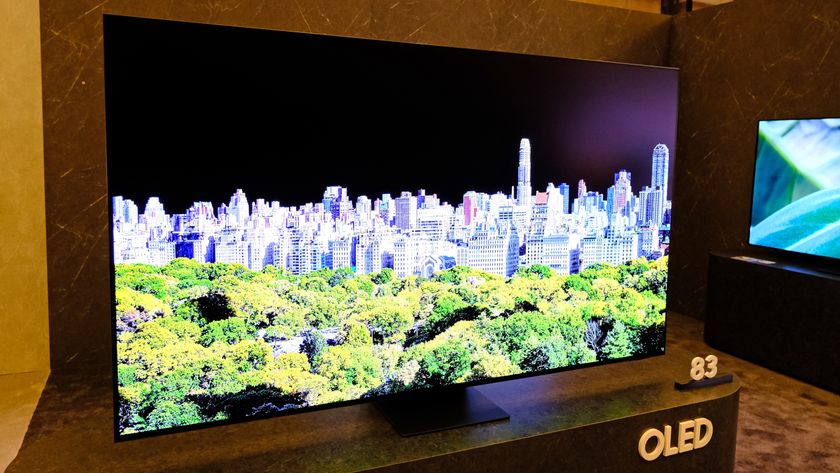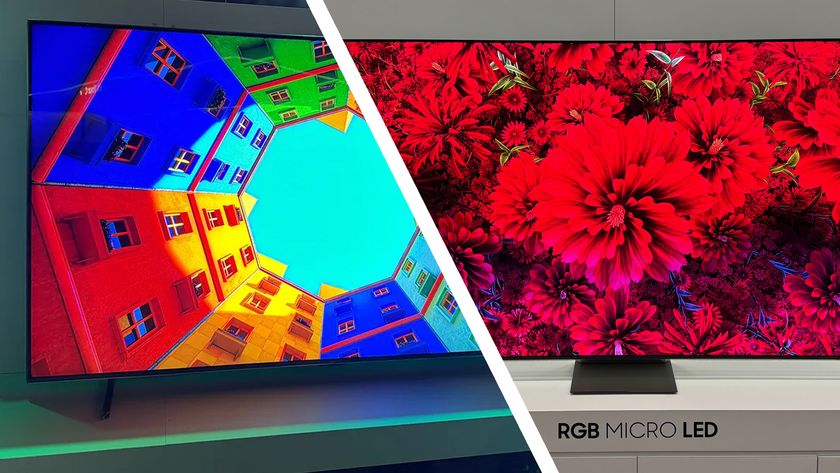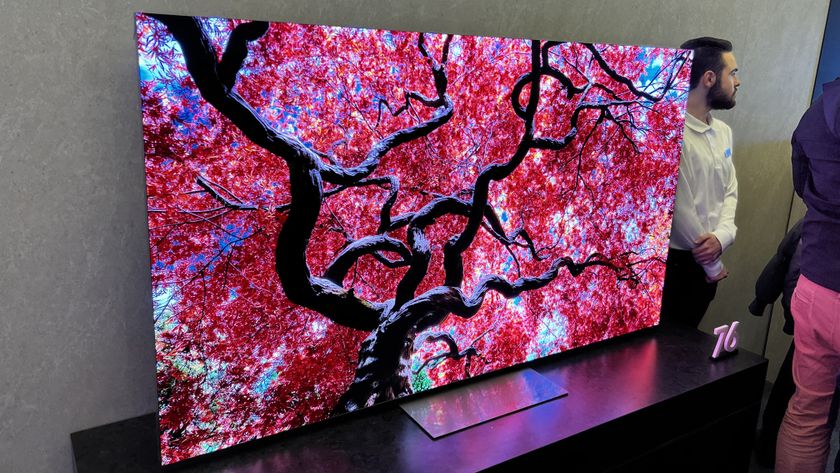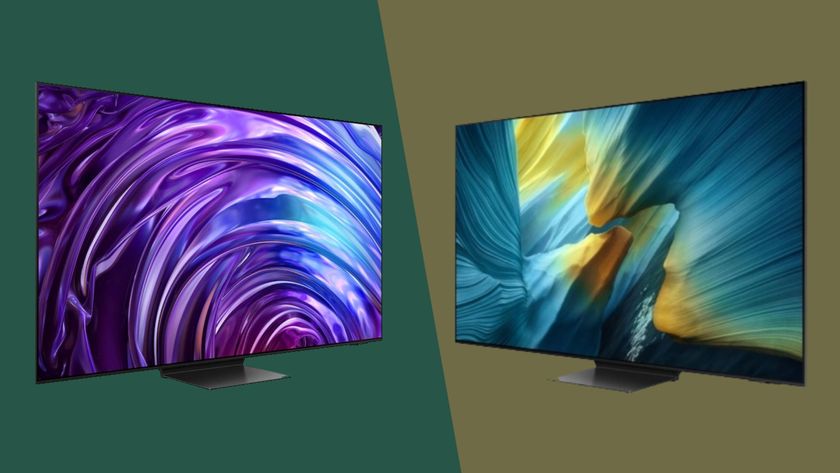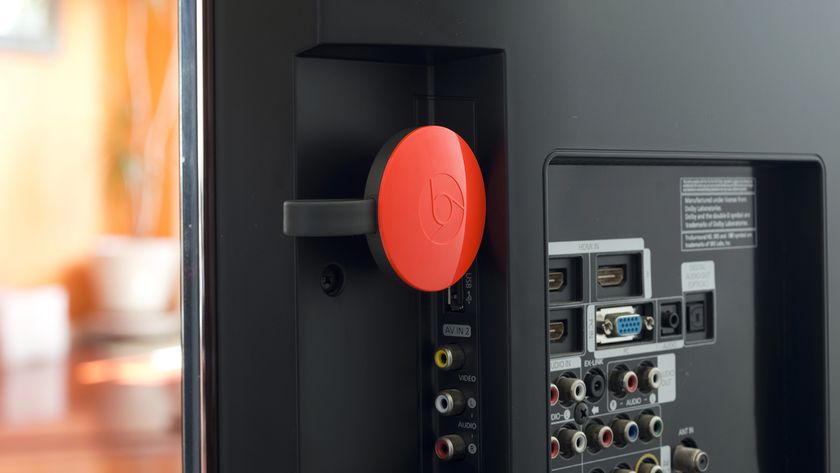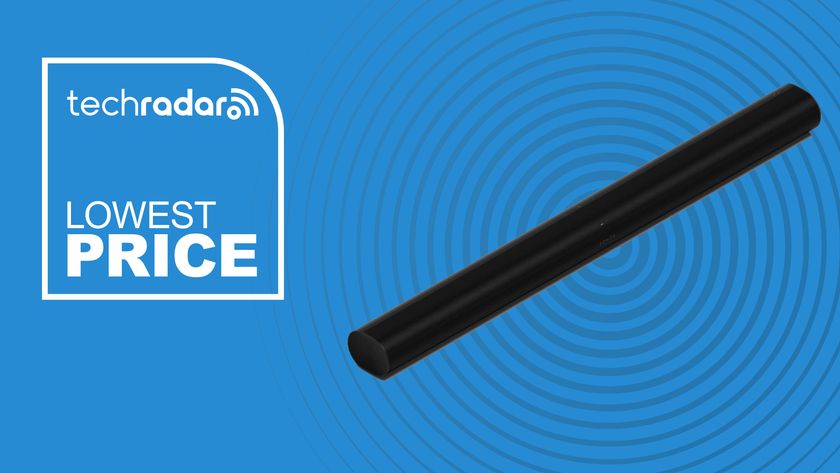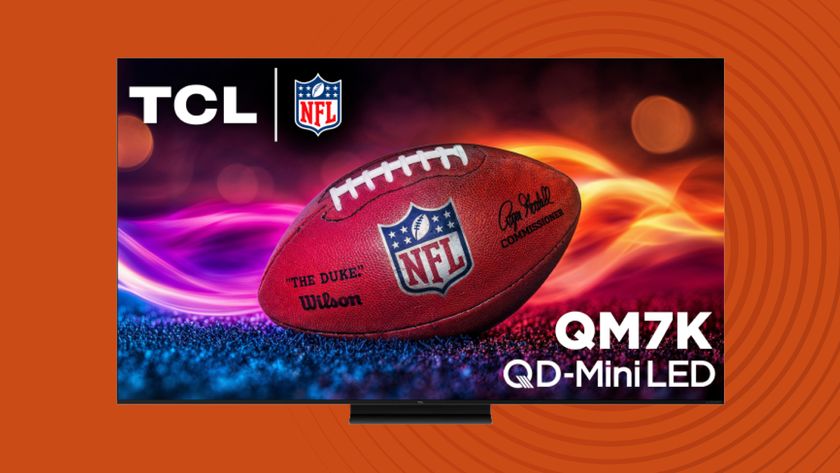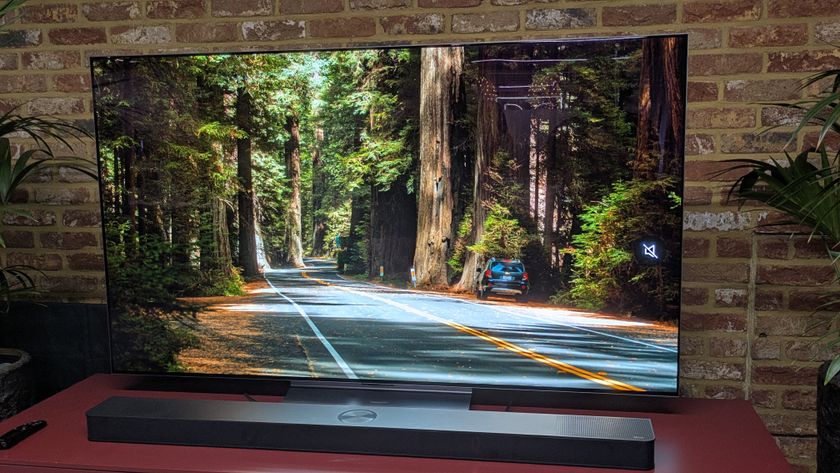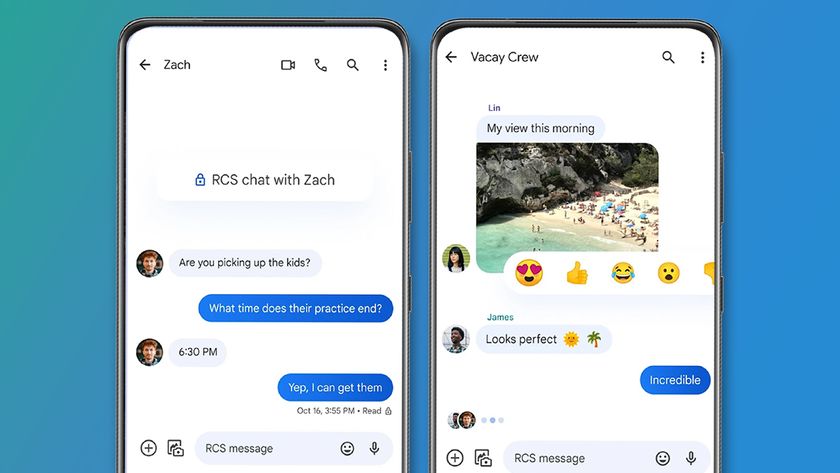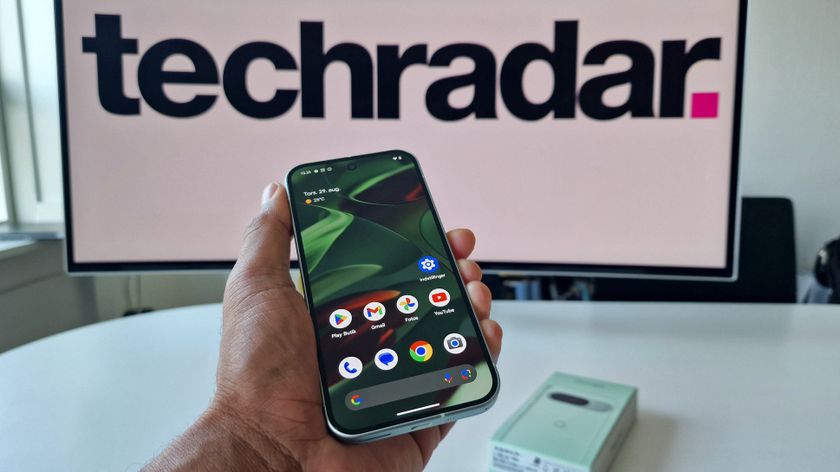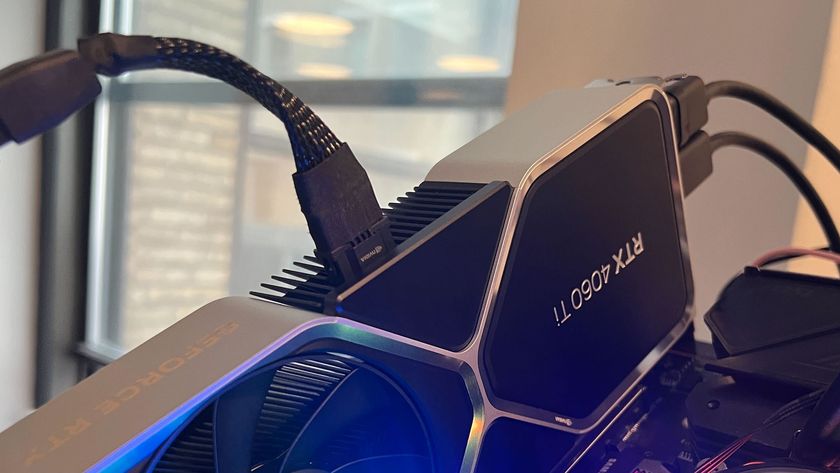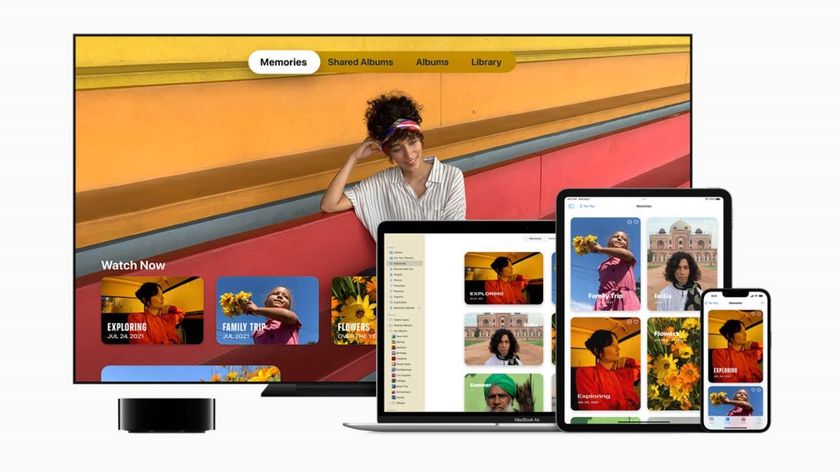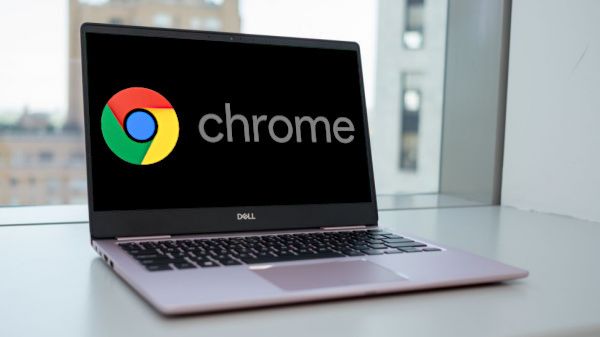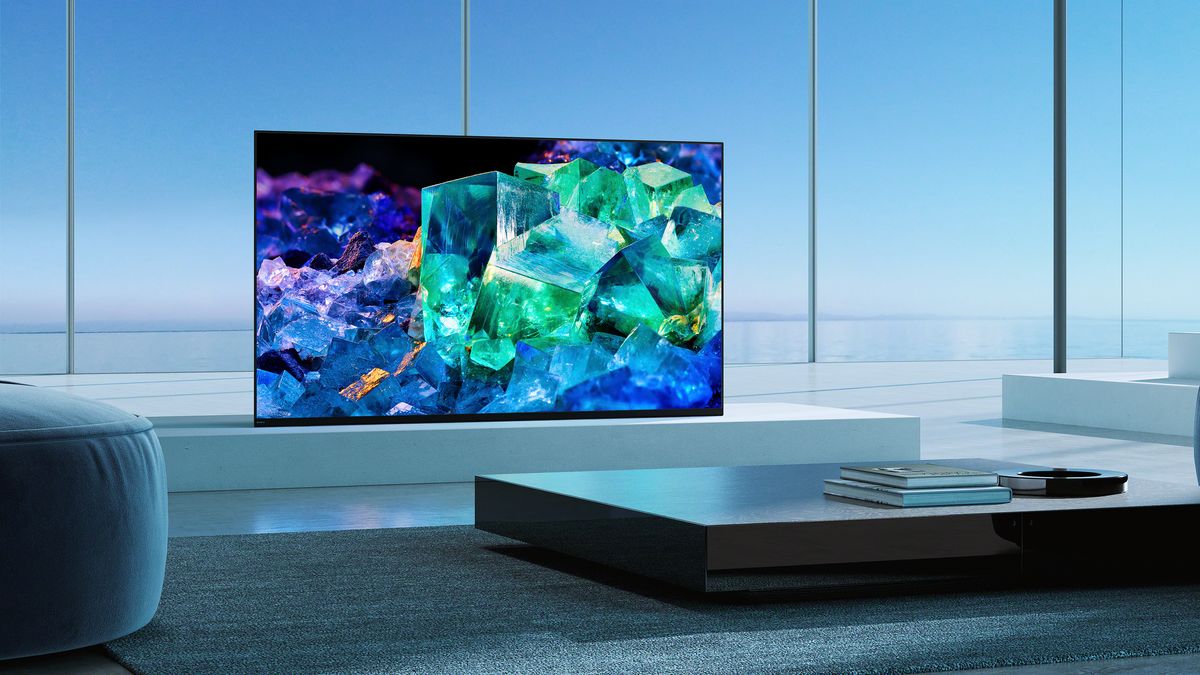
QD-OLED TVs are the next big innovation in television technology – and they’re going to arrive on store shelves in the next few months.
If you’ve been following TV technology for a few years now, the idea of something new and even better on the market might make you a bit skeptical. First you were told that plasma panels were going to be the future of TVs, then OLED, then QLED, then QLED with mini-LED and next MicroLED. The list goes on and on...
So what makes QD-OLED different and why is everyone excited about it?
In short, QD-OLED is a better version of OLED that combines some of the learnings from QLED and its quantum dot filters with OLED’s self-emissive pixel structure. The result is incredible contrast and significantly improved color saturation.
The best part? While the screens will be slightly more expensive at launch than OLED, they’ll still be very much within reach of the average cinephile.
What is QD-OLED?
QD-OLED is the combination of a quantum dot filter (QD) in front of blue organic light-emitting diodes (OLED). It’s different from how OLED TVs have been manufactured in the past, and it promises a wealth of benefits for gamers, cinephiles and TV lovers.
What are QD-OLED’s advantages and disadvantages?
The big advantage of adding a QD filter is better color saturation. Early reports from Samsung and Sony suggest that we could see a 200% increase in color saturation compared to traditional LED-LCD screens, plus the contrast of OLED TVs. One potential disadvantage is that individual LEDs may burn out or hold a color in between uses.
Get daily insight, inspiration and deals in your inbox
Sign up for breaking news, reviews, opinion, top tech deals, and more.
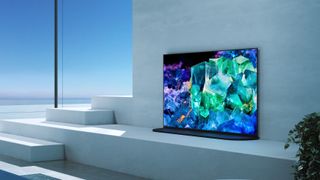
Are QD-OLED TVs expensive?
We’re still waiting for final pricing, but early reports suggest that they won’t be significantly more expensive than the OLED TVs currently on the market. Early rumors put QD-OLED models at around $2,000 to $3,000 (around £1,700 or AU$5,000) but we’ll know more about pricing in April or May of this year.
Will you be able to see a difference with QD-OLED?
By and large, yes, you will. QD-OLED screens will have that wow factor of QLED with the contrast of OLED TVs. If you’re coming from a traditional LED-LCD screen, QD-OLED will seem significantly more colorful and will have those inky black levels from OLED TVs.
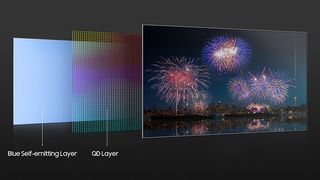
How does QD-OLED work?
On paper, QD-OLED sounds so simple. You take a blue self-luminescent layer, throw on a film of quantum dots, and then add a glass screen to the front. Have some signal processing happening in the base of the TV, throw some inputs on the back and voila! You have a QD-OLED.
That is, of course, a gross simplification of what’s happening – but it does explain the basics.
So what are we looking at in terms of specs and features? Well, it will vary depending on which manufacturer is selling the TV, but they should all be 4K HDR smart TVs. It’s unlikely that we’ll see 8K QD-OLED TVs this year – but that is something we could see eventually.
QD-OLED TVs: where can you get one?
As of right this second, there’s nowhere you can actually buy a QD-OLED TV. Only one model has been announced for 2022 – the Sony Master Series A95K. There’s no word yet on how much it will cost or when it will be available, but Sony debuted the TV at CES 2022 with plans to release the TV sometime this year.
Of course, Sony isn’t the only one with its hand in the proverbial honey pot here. Samsung Display has also announced that it’s currently working on a QD-OLED display of its own and put it on display behind closed doors at CES 2022. Samsung Electronics hasn’t said whether it will use the display in any consumer TVs this year, but it seems like it’s only a matter of time until that becomes a reality.
Last but not least, we wouldn’t count LG out of this arms race – even if it hasn’t officially said anything about QD-OLED TVs, it’s been a huge proponent of OLED technology. LG currently has a rival product called OLED evo that offers some advantages over regular OLED – including increased luminance – but that doesn’t preclude LG from pursuing something in QD-OLED in the future.
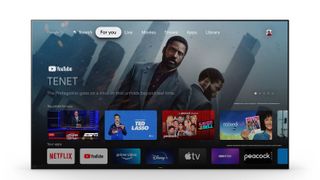
Should you buy a QD-OLED TV this year?
With only one model to pick from with a still-unannounced price tag, we wouldn’t hold out for a QD-OLED if you’re in the market for a new TV right this minute. There are a lot of variables right now in the TV industry from production issues to shipping problems that could impact the price and delivery date of these screens. In short, we’re very likely going to start seeing them on store shelves in the next six to eight months, but it could be a lot longer, too.
That being said, we’d probably recommend waiting for one of this year’s OLED TVs that are far closer to release. The LG C2 OLED uses the aforementioned OLED evo panel in the 55-inch screen size and above, and it’s likely to scoop up a number of awards later this year. That should be out in the next two to three months at most major retailers.
For those looking to be an early adopter of the technology, we certainly wouldn’t stop you from waiting; on paper, QD-OLED sounds revolutionary – however, we feel that most folks can safely pick up a non-QD-OLED TV this year and look forward to buying a QD-OLED for the next purchase in five years once the technology has come down in cost some.
- Want to stick with OLED? Don't miss our guide to the best OLED TV of 2022
Nick Pino is Managing Editor, TV and AV for TechRadar's sister site, Tom's Guide. Previously, he was the Senior Editor of Home Entertainment at TechRadar, covering TVs, headphones, speakers, video games, VR and streaming devices. He's also written for GamesRadar+, Official Xbox Magazine, PC Gamer and other outlets over the last decade, and he has a degree in computer science he's not using if anyone wants it.
